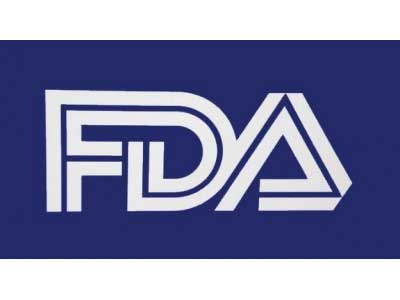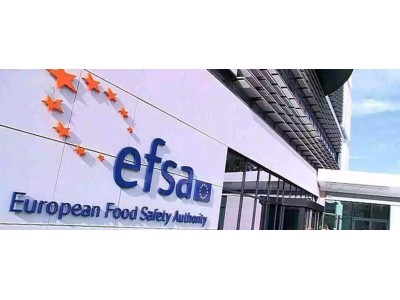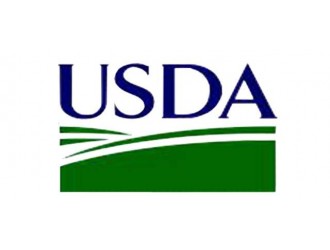гҖҖгҖҖжҚ®дәҶи§ЈпјҢ欧зӣҹжҸҗдҫӣдә?019е№?жң?ж—ҘиҮі2020е№?жң?1ж—Ҙ欧зӣ?0дёӘеҸ—еҪұе“ҚжҲҗе‘ҳеӣҪе’ҢдёӨдёӘйӮ»еӣҪзҡ„йқһжҙІзҢӘзҳҹжңҖж–°жғ…еҶөгҖӮи°ғжҹҘдәҶйқһжҙІзҢӘзҳҹжөҒиЎҢз—…еҜ№жҜҸдёӘеҸ—еҪұе“ҚжҲҗе‘ҳеӣҪдёӯжҜҸе№ҙиў«жҚ•жқҖзҡ„йҮҺзҢӘж•°йҮҸзҡ„еҪұе“ҚгҖҒь/div>

гҖҖгҖҖйғЁеҲҶеҺҹж–ҮжҠҘйҒ“еҰӮдёӢпјҷь/div>
гҖҖгҖҖAn updat
e on the African swine fever (ASF) situation in the 10 affected Member States (MS) in the EU and in two neighbouring countries from the 1 September 2019 until the 31 August 2020 is provided. The dynamics of the proportions of PCRвҖ and ELISAвҖҗpositive samples since the first ASF detection in the country were provided and seaso
nal patterns were investigated. The impact of the ASF epidemic on the annual numbers of hunted wild boar in each affected MS was investigated. To e
valuate differences in the extent of spread of ASF in the wild boar populations, the number of notifications that could be classified as seco
ndary cases to a single source was calculated for each affected MS and compared for the earliest and latest year of the epidemic in the country. To e
valuate possible risk factors for the occurrence of ASFV in wild boar or domestic pigs, a literature review was performed. Risk factors for the occurrence of ASF in wild boar in Romanian hunting grounds in 2019 were identified with a generalised linear model. The probability to find at least one PCRвҖҗco
nfirmed ASF case in wild boar in a hunting ground in Romania was driven by enviro
nmental factors, wild boar abundance and the density of backyard pigs in the hunting ground area, while huntingвҖҗrelated variables were not retained in the final model. Finally, measures implemented in white zo
nes (ASFвҖҗfree zo
nes that are geographically adjacent to an area wher
e ASF is present in wild boar) to prevent further spread of ASF were analysed with a spatially, explicit stochastic individualвҖҗba
sed model. To be effective, the wild boar population in the white zone would need to be drastically reduced before ASF arrives at the zone and it must be wide enough. To achieve the necessary preвҖҗemptive culling targets of wild boar in the white zone, at the start of the establishment, the white zone should be placed sufficiently far from the affected area, co
nsidering the speed of the natural spread of the disease. This spread is faster in denser wild boar populations. After a focal ASF introduction, the white zone is always close to the infection hence preвҖҗemptive culling measures in the white zone must be completed in short term, i.e. in a few months.
гҖҖгҖҖ
жң¬ж–Үз”ұйЈҹе“ҒдјҷдјҙзҪ‘йЈҹе“Ғиө„и®Ҝдёӯеҝғзј–иҫ‘пјҢдҫӣзҪ‘еҸӢеҸӮиҖғпјҢжңүд»»дҪ•з–‘й—®пјҢиҜ·иҒ”зі»news@www.sqrdapp.comгҖҒь/span>
зӣёе…іжҠҘйҒ“

ж—Ҙжңҹпјҷьa href="//www.sqrdapp.com/news/2021-05-10.html">2021-05-10
 ең°еҢәпјҷь/font>йқһжҙІж¬§зӣҹеӣҪеӨ–
ең°еҢәпјҷь/font>йқһжҙІж¬§зӣҹеӣҪеӨ– иЎҢдёҡпјҷь/font>иҝӣеҮәеҸўь/font>
иЎҢдёҡпјҷь/font>иҝӣеҮәеҸўь/font> ж Үзӯҫпјҷь/font>йқһжҙІзҢӘзҳҹ欧зӣҹ
ж Үзӯҫпјҷь/font>йқһжҙІзҢӘзҳҹ欧зӣҹ 科жҷ®пјҷь/font>йқһжҙІзҢӘзҳҹ欧зӣҹ
科жҷ®пјҷь/font>йқһжҙІзҢӘзҳҹ欧зӣҹ











 欧зӣҹиҜ„дј°иҪ¬еҹәеӣ зҺүзұіMO
欧зӣҹиҜ„дј°иҪ¬еҹәеӣ зҺүзұіMO
 欧зӣҹиҜ„дј°дёҖз§ҚйәҰиҠҪзі–ж·Җ
欧зӣҹиҜ„дј°дёҖз§ҚйәҰиҠҪзі–ж·Җ зҫҺеӣҪжӢҹж’Өй”ҖиӢҘе№ІиӮүзұ»еҸүь/a>
зҫҺеӣҪжӢҹж’Өй”ҖиӢҘе№ІиӮүзұ»еҸүь/a> йІҒе…¬зҪ‘е®үеӨ 37060202000128еҸ¶ь/a>
йІҒе…¬зҪ‘е®үеӨ 37060202000128еҸ¶ь/a>



